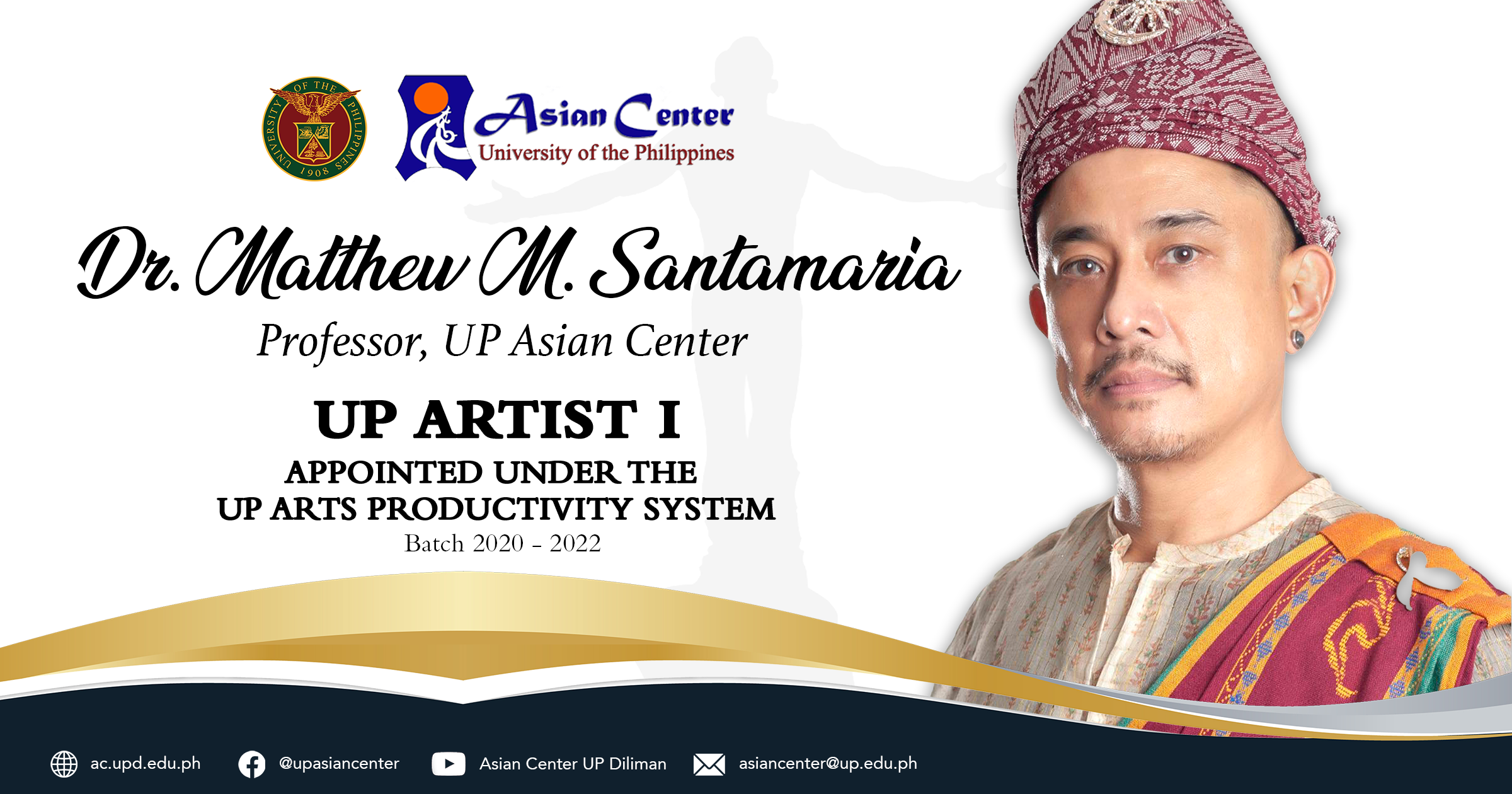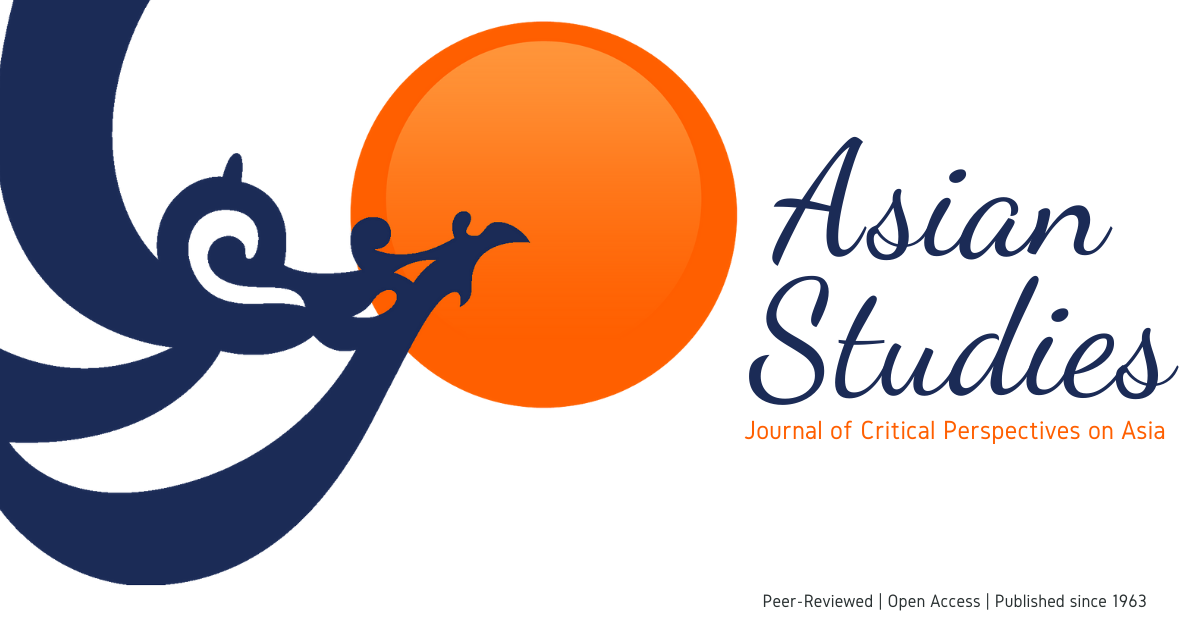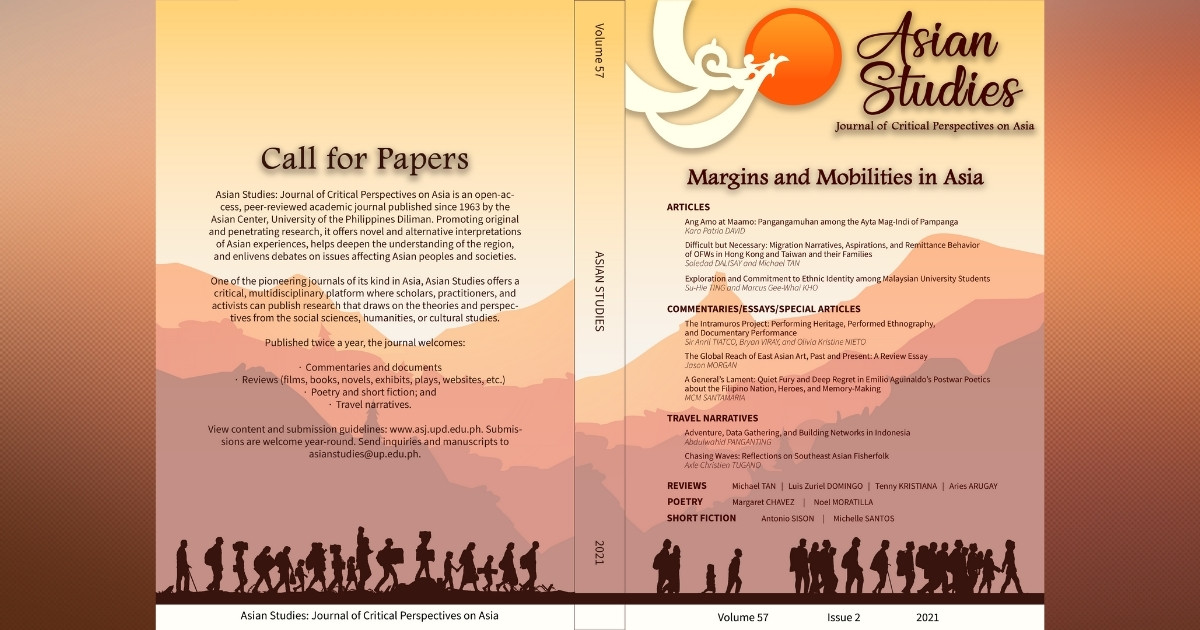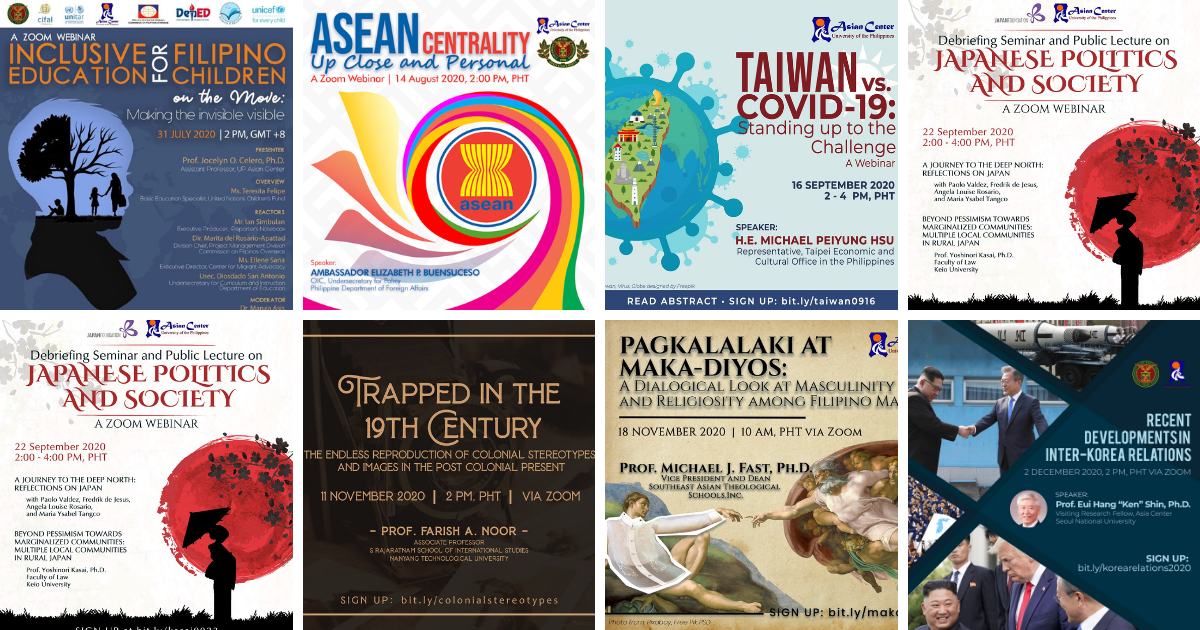UP Asian Center Professor Matthew M. Santamaria, Doctor of Law, was appointed UP Artist I under the UP Arts Productivity System (Batch 2020 - 2022) in recognition of his outstanding accomplishments and contributions to the creative arts and in art scholarship for national development.
THE UP ARTS PRODUCTIVITY SYSTEM
The UP Arts Productivity System (APS) is an initiative of the University to recognize deserving artists and art scholars in the faculty and research staff for their outstanding productivity in the creative arts or art scholarship contributing to national development. Qualified faculty and research staff are conferred the title "UP Artist (I, II, or III)" with a corresponding monetary award. The APS was established in 2008 during the 1239th meeting of the Board of Regents as a counterpart for the arts of the UP Scientific Productivity System.
Reference: Office of the Vice President for Academic Affairs, UP System. "UP Arts Productivity System." Retrieved 5 June 2024. https://ovpaa.up.edu.ph/grants-awards/research-creative-work/up-arts-productivity-system/.
MATTHEW CONSTANCIO M. SANTAMARIA, Doctor of Law
MCM (Matthew Constancio Maglana) Santamaria is a Professor of Asian and Philippine Studies at the Asian Center, University of the Philippines Diliman. He received his Doctor of Law in Political Science from the Kyoto University Graduate School of Law in 1999. He has published many book chapters, articles, and essays on the themes of ethnic conflict, Sama-Bajau ethnography, ritual and performance, and dance studies.
His serious involvement in the discipline of dance started with his training in Western Classical Ballet under Ms. Sonia Domingo, Professor Esteban “Basilio” Villaruz, and Madame Felicitas Radaic of the Dance Theatre Philippines, the official performance group of the University of the Philippines in the 1980s. He also became an active member of the Powerdance from 1988 to 1990 under the artistic direction of renowned choreographer, Mr. Douglas Nierras. His eventual nine-year stay in Japan as a graduate student and then instructor at the Kyoto University Graduate School of Law Company allowed him to acquire training in Nihon Buyoh (Japanese Traditional Dance) under Nishikawa Senrei-sensei of the Nishikawa-Ryu (Nishikawa School) and Ryukyu Buyoh (Okinawan Traditional Dance) under the late Yamahata Keiko-sensei of the Tamagusuku-Ryu (Tamagusuku School). Upon finishing his graduate studies in Kyotoin 1999, he returned to the Philippines and underwent training in the Tausug Pangalay dance tradition under Ms. Ligaya Fernando Amilbangsa. Together with Amilbangsa and other dance artists, he helped to incorporate and formally establish the Alun-Alun Dance Circle (ADC) in the year 1999. In 2004, he went on to establish his own group, the Bunga Arts Link (BAL).
Santamaria is also a theater practitioner, and has choreographed many theatrical plays for the Tanghalang Ateneo of the Loyola Schools, Ateneo de Manila University, as well as numerous dance pieces for recitals, concerts, and performance appearances of the BAL. “The Death of Memory,” a play written by Glen Mas which he choreographed for Tanghalang Ateneo (TA) won “Best Production” at the Aliw Awards in 2009. This recognition was followed by another Aliw Award in the same category in 2012 for “Sintang Dalisay,” a play which he co-directed with Dr. Ricardo G. Abad and choreographed for TA for its 2011 season. The play went on to gather distinction by winning second place at the Ninth Teatralny Koufar International Student Theater Festival held in Minsk, Belarus in 2012. The same play continued to garner seven medals at the 3rd Vietnam International Experimental Theater Festival held in Hanoi in 2016.
In 2017, he led BAL as head of delegation to the 1st International Dance Festival held in Ninh Binh, Vietnam. Thegroup received a Merit Award for performance in this festival, an honor shared with only five of the 14 participating international troupes. Recognizing his expertise in Sama-Bajau culture and performance, the Department of Sabah Museum in East Malaysia appointed him as the lone international juror in the Festival Igal Antarabangsa (The 1st International Festival of Igal Dance) held in 18 April 2018.
MCM Santamaria continues his advocacy in helping sustain Sama-Bajau traditional music and dance through the BAL’s “Kulintangan Project,” an endeavor that raises funds to purchase kulintangan (graduated bossed-gong) music ensemble instruments for the Sama-Bajau diaspora communities in Luzon and the Visayas. View full profile here.
Professor Santamaria teaches Northeast (Japan) and Southeast Asia-related courses in the Asian Studies program of the UP Asian Center. Learn more about the graduate program.
Reference: Profile of MCM Santamaria taken from the Souvenir Program of "Karamaian: A Celebration in Asian and Filipino Music and Dance" (24 November 2019, Nicanor Abelardo Auditorium, UP College of Music).






